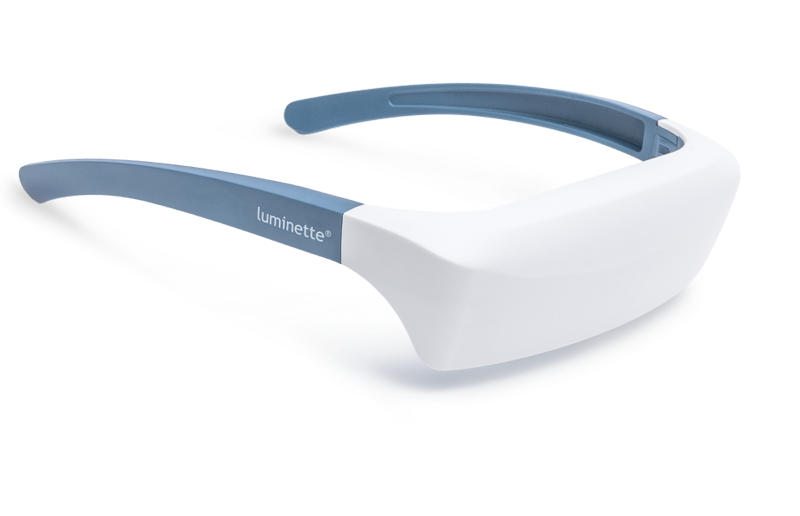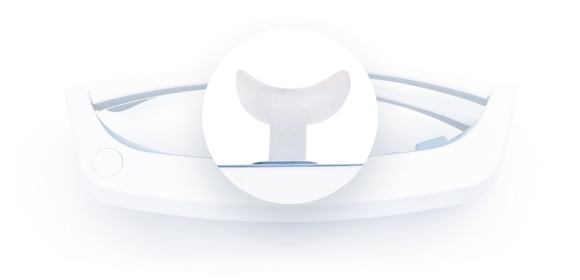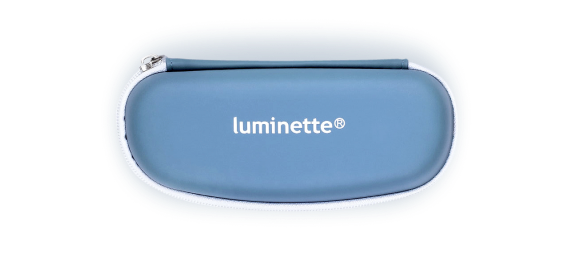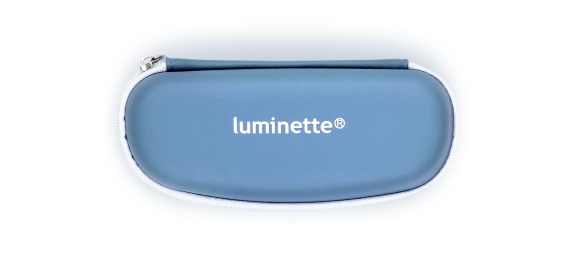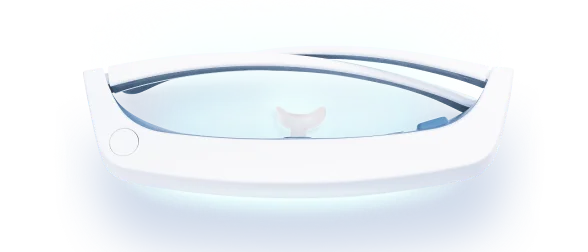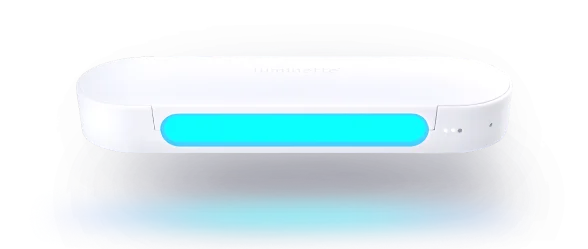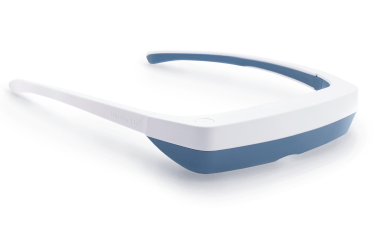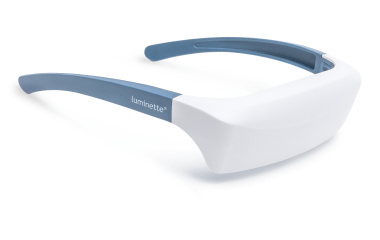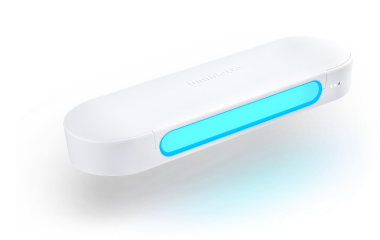Color light therapy is a fascinating field that harnesses the power of different hues to promote well-being and healing. Also known as chromotherapy, it utilizes a color chart as a guide to understanding the unique meanings and effects associated with each shade. This therapeutic practice has deep historical roots and is founded on the belief that colors possess intrinsic energies that can influence our emotions, moods, and even physical health. In this guide, we will delve into the intriguing world of color light therapy meanings, exploring how specific colors can be used strategically to enhance various aspects of our lives. Whether you're seeking tranquility, energy, or balance, understanding the language of color in therapy can be a transformative journey.
Understanding Light Therapy Color
Color therapy, often referred to as "color light therapy" or "chromotherapy," is a holistic approach to well-being that recognizes the profound influence of colors on our physical, mental, and emotional states. At its core, this therapeutic practice relies on the concept that each color in the visible spectrum holds unique qualities, and by exposing oneself to specific colors, individuals can harness their healing and transformative potential. A fundamental tool in the practice of color light therapy is the color chart, which serves as a comprehensive guide for selecting and utilizing colors to achieve specific outcomes. By delving into the world of light therapy color meanings, one can gain insight into how colors can be employed to stimulate energy, instill calmness, foster positivity, and promote overall harmony in one's life.

The history of color light therapy is rich and diverse, spanning cultures and civilizations throughout time. From ancient Egyptian practices to contemporary wellness modalities, the concept of color's influence on health and emotional well-being has remained a consistent thread. Scientifically, this phenomenon is understood through the interaction of color with our body's energy centers and psychological responses. In the following sections, we will explore the significance of various colors in color light therapy, shedding light on their meanings and therapeutic applications. Whether you're seeking balance, healing, or simply a greater understanding of the colors that surround you, light therapy color offers a fascinating path to self-discovery and holistic wellness.
Color Light Therapy Techniques
In the realm of holistic healing, color light therapy stands out as a powerful modality that taps into the profound impact of colors on our well-being. This therapy, also known as chromotherapy or color light therapy, employs various techniques to channel the therapeutic properties of different hues. These techniques are guided by the comprehensive color chart, which acts as a roadmap for selecting and applying specific colors for desired outcomes. By understanding the nuanced meanings behind each color, practitioners can tailor their approach to address a wide range of physical, emotional, and mental concerns, ultimately fostering a more balanced and harmonious state of being.

Different Methods of Administering Color Therapy
LED Light Therapy: Utilizing specialized LED devices, this method delivers targeted wavelengths of colored light to specific areas of the body. It's a versatile technique that can be applied for various purposes, from skin rejuvenation to mood enhancement.
Color-Filtered Light Therapy: This approach involves the use of filters to isolate and project specific colors onto the body. By controlling the intensity and duration of exposure, practitioners can fine-tune the therapeutic effects to suit individual needs.
Chromotherapy Techniques: These encompass a range of practices, including the use of colored fabrics, gemstones, and even colored waters to immerse individuals in a particular color's energy. This immersive experience can facilitate deep relaxation and promote a sense of well-being.
These techniques, when applied with a nuanced understanding of light therapy color meanings, offer a diverse toolkit for practitioners to address a wide array of physical, emotional, and mental concerns, ultimately contributing to holistic wellness.
Light Therapy Color Chart
The light therapy color chart, a cornerstone of color therapy, serves as a crucial reference tool for practitioners and enthusiasts alike. This comprehensive chart is a visual representation of the entire color spectrum, outlining the diverse range of hues that can be employed to facilitate healing and balance. Each color is associated with specific attributes and emotions, and understanding these nuances is paramount to the effective application of light therapy color. Whether selecting colors to invigorate the spirit or soothe the mind, this chart provides a structured framework for harnessing the therapeutic potential of color in a targeted and intentional manner.

Significance of Different Colors in Therapy
Red—Energy and Vitality: Red is often used to stimulate physical energy and enhance circulation. It's associated with passion, courage, and a zest for life, making it an excellent choice for addressing issues of lethargy or stagnation.
Blue—Calm and Serenity: Blue hues evoke feelings of tranquility and relaxation. This color is employed to calm the mind, reduce stress, and promote mental clarity and focus.
Yellow—Positivity and Clarity: Radiating warmth and optimism, yellow is chosen to uplift the spirit, foster creativity, and bring mental clarity. It's a go-to choice for enhancing mood and promoting a positive outlook.
Violet—Spirituality and Transformation: Associated with spirituality and introspection, violet is employed to facilitate inner growth and transformation. It encourages a deeper connection to one's higher self and inner wisdom.
Orange—Creativity and Warmth: Symbolizing creativity and vitality, orange is chosen to ignite passion and enthusiasm. It's an excellent choice for boosting creativity and infusing a sense of warmth and vitality.
Indigo—Intuition and Insight: Indigo is linked to intuition and inner wisdom. It's utilized to enhance intuition, stimulate introspection, and deepen one's connection to their inner knowing.
White—Purity and Healing: Representing purity and healing, white is used to cleanse and purify the energy field. It's often employed in conjunction with other colors to amplify their effects or as a stand-alone for overall rejuvenation and healing.
Light Therapy Color Meanings
In the realm of light therapy color, understanding the nuanced meanings associated with each hue is essential for harnessing their full therapeutic potential. Each color carries its own unique energetic signature, influencing our physical, emotional, and mental states in distinct ways. The light therapy color chart acts as a guide, providing insights into the psychological and emotional effects of each shade. For example, red is often linked to energy and vitality, making it a powerful choice for revitalizing and invigorating the body. On the other hand, blue is renowned for its calming properties, offering a soothing balm for stressed minds and promoting a sense of serenity and clarity.

Delving deeper, yellow radiates positivity and clarity, making it an excellent choice for uplifting one's spirits and fostering mental acuity. Green, representing balance and harmony, aims to restore equilibrium in both the body and mind, providing a sense of stability and calm. Violet carries a spiritual essence, facilitating inner growth and transformation. Orange ignites creativity and warmth, infusing a sense of passion and vitality into one's endeavors. Indigo taps into intuition and insight, encouraging introspection and a deeper connection to inner wisdom. Lastly, white embodies purity and healing, offering a clean slate for rejuvenation and holistic well-being. Understanding these light therapy color meanings empowers practitioners to apply color with intention, promoting a harmonious state of being.
Benefits and Considerations
Engaging in color light therapy can yield a multitude of benefits across various facets of well-being. The light therapy color chart serves as a valuable tool in this practice, guiding individuals towards specific hues that can address their unique needs. One significant advantage lies in its ability to influence mood and emotions. For instance, exposure to calming blue light can alleviate stress and promote mental clarity, while vibrant yellow light can uplift spirits and enhance positivity. Additionally, this therapy can have a positive impact on physical well-being, such as improving sleep patterns and alleviating certain ailments. For example, soothing green light is known for its balancing properties, aiding in relaxation and supporting overall stability in the body's systems

However, it's crucial to approach color light therapy with thoughtful consideration, taking into account individual sensitivities and specific health conditions. Some colors may evoke intense emotional responses, and it's important to choose hues that resonate positively with the individual. Additionally, certain medical conditions or medications may interact with color therapy, necessitating professional guidance. For instance, individuals with photosensitive epilepsy should exercise caution with intense or rapidly changing colors. Consulting with a qualified practitioner who understands both the light therapy color meanings and the individual's unique circumstances is advised to ensure a safe and effective experience. By weighing these considerations alongside the myriad benefits, individuals can maximize the potential of color light therapy for their overall well-being.
Experience Light Therapy with Luminette Products
While understanding the meanings behind different light therapy colors is fascinating, implementing light therapy into your daily routine has never been easier with Luminette's innovative solutions. Our scientifically backed products harness the power of blue-enriched white light to deliver the therapeutic benefits you need, wherever life takes you.
Luminette 3: Wearable Light Therapy Glasses
The Luminette 3 is a pair of light therapy glasses designed to fit seamlessly into your lifestyle. Perfect for those seeking the calming and energizing effects discussed in our light therapy color guide, these glasses emit blue-enriched white light, specially calibrated to simulate the positive effects of natural sunlight, without straining your eyes or disrupting your daily activities.
Key Benefits:
-
Boost energy and reduce fatigue
-
Beat winter blues and get your summer energy in any season
-
Sleep better—fall asleep easier and wake up refreshed
With its patented optical system positioned above your field of vision, you can continue your daily activities while receiving therapeutic light exposure. Validated by multiple clinical studies and used by more than 250,000 users since 2006, the Luminette 3 represents the gold standard in wearable light therapy.
Luminette Drive: Portable Light Therapy Lamp
For those constantly on the move, the Luminette Drive is a compact and innovative light therapy lamp designed for those who are always on the go, whether driving or working at a computer. This revolutionary 2-in-1 device brings the benefits of light therapy to your commute and workspace.
Unique Features:
-
Attach it to your sun visor while driving or to the edge of your computer at work
-
Magnetic clip to pin/unpin in seconds
-
Choose among 3 light intensities
Thanks to a low-intensity blue light placed above eyelines, vision is clean and safe for driving, making it the perfect solution for busy professionals who want to incorporate light therapy into their daily routine.
Conclusion
In the realm of holistic well-being, light therapy color emerges as a potent and versatile tool, guided by the profound insights of the light therapy color chart and the intricate nuances of color light therapy meanings. This practice illuminates a path to balance and harmony, tapping into the intrinsic energies of each hue to influence our physical, emotional, and mental states. From the invigorating embrace of red to the calming embrace of blue and the transformative power of violet, this therapeutic approach offers a dynamic spectrum of benefits. However, it is imperative to approach color light therapy with discernment and consideration, taking into account individual sensitivities and potential interactions with existing health conditions. By integrating these practices mindfully, individuals can embark on a journey towards enhanced well-being and a deeper understanding of the profound interplay between color and our inner selves.
FAQ
What does each color in light therapy represent?
Each color in light therapy has different effects. For example, blue light is used to treat skin disorders and boost mood, while red light is used for pain relief and skin rejuvenation.
How does light therapy affect mood and energy levels?
Light therapy can impact our mood and energy levels by stimulating cells in our eyes that connect to our hypothalamus. This part of the brain controls our circadian rhythms, which can affect our energy levels and mood.
Is light therapy safe? What are some potential side effects?
Yes, light therapy is generally considered safe. However, there can be potential side effects, including eyestrain, headaches, and sleep disturbances. It is always recommended to consult a healthcare professional before starting light therapy.
Who should avoid light therapy or use it with caution?
Individuals with photosensitive epilepsy, certain eye conditions, or those taking photosensitizing medications should exercise caution. Pregnant women and people with bipolar disorder should also consult healthcare professionals before beginning light therapy treatments.
How often should I do light therapy sessions for best results?
The frequency depends on your specific goals and the colors being used. Generally, 3-5 sessions per week are recommended for therapeutic benefits, but this can vary based on individual needs and the condition being addressed.
What's the difference between professional light therapy devices and at-home options?
Professional devices typically offer more precise wavelengths, higher intensity options, and better quality control. At-home devices are more convenient and cost-effective but may have limited intensity and fewer color options. Professional guidance is recommended for serious therapeutic applications.
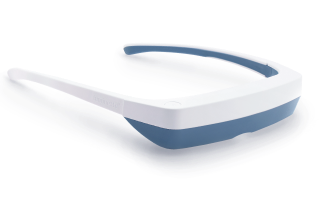
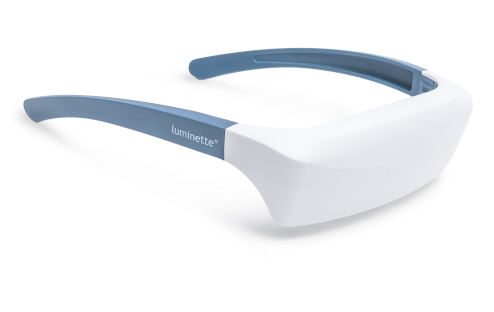
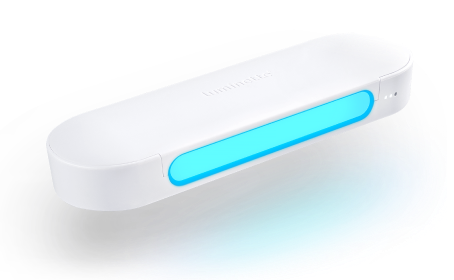
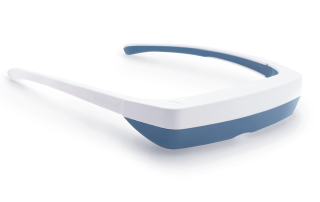
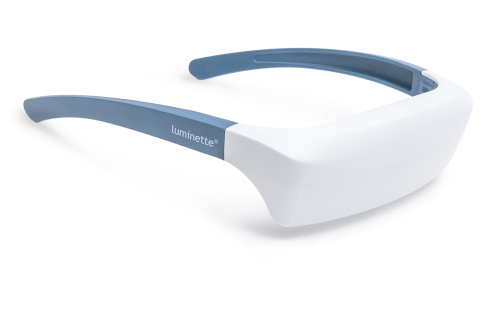
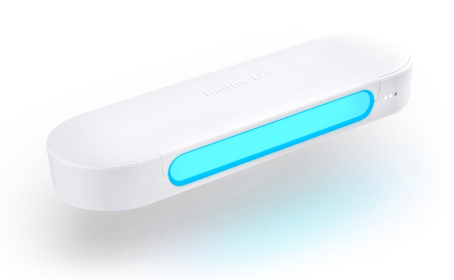
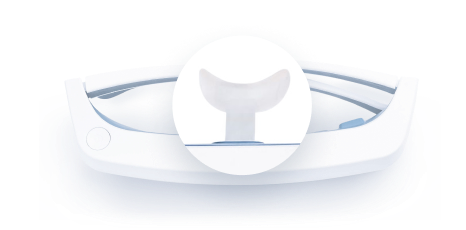
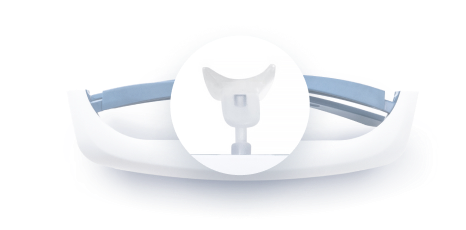

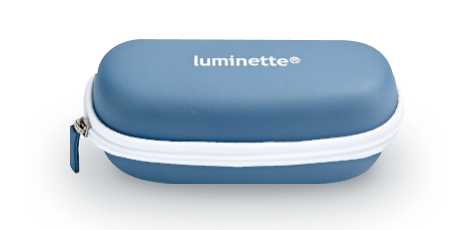
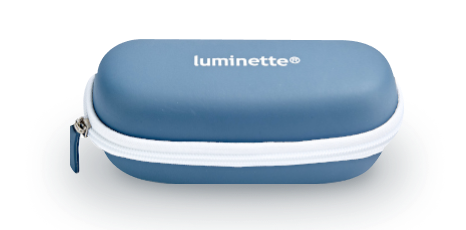
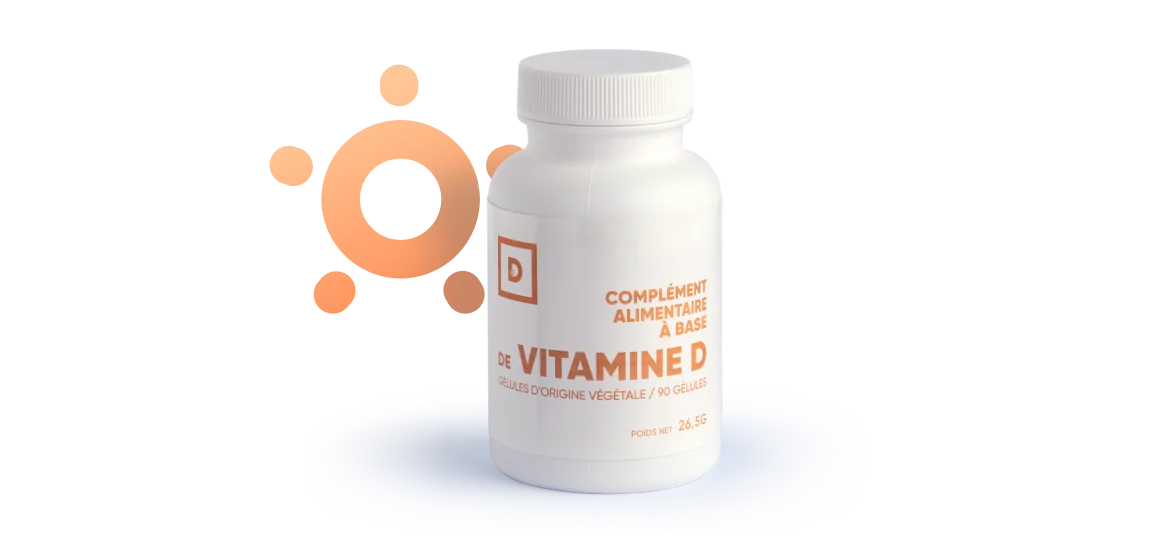



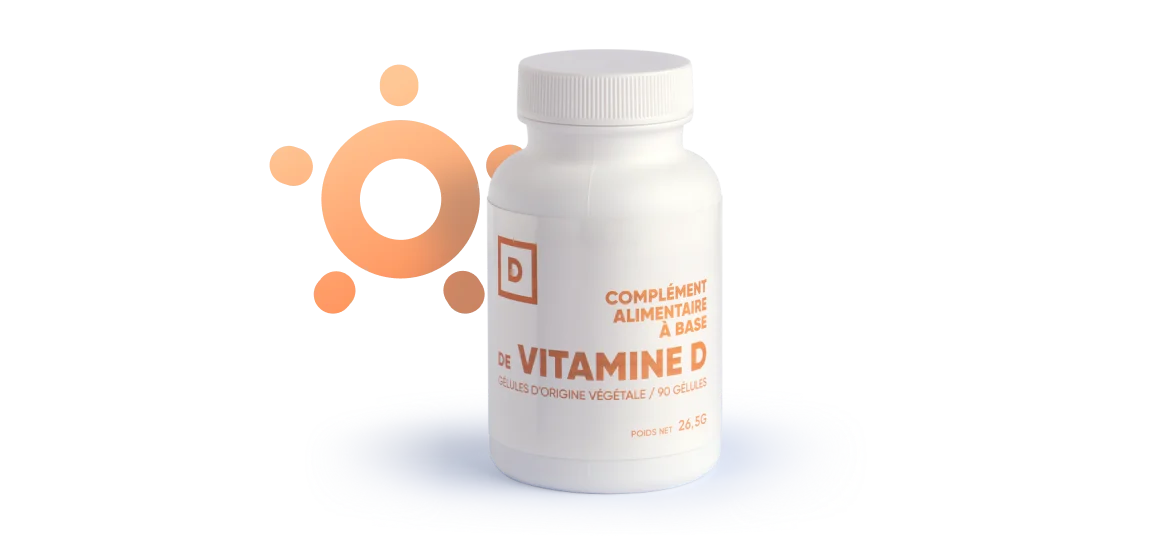
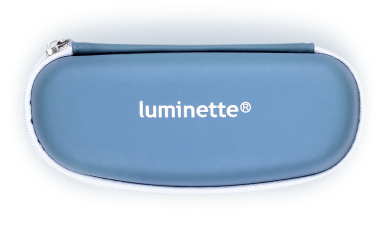
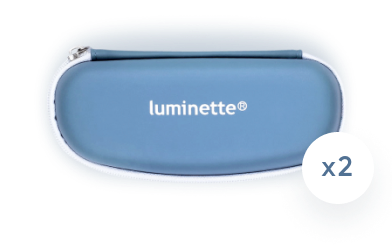
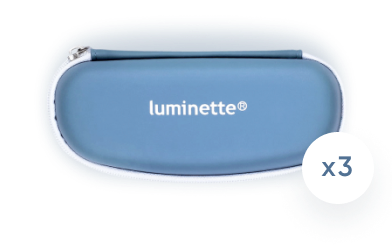
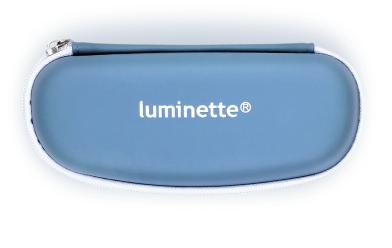
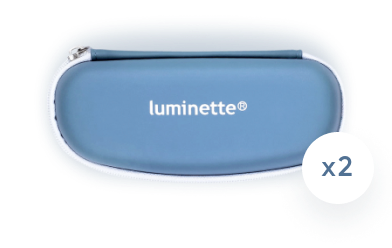
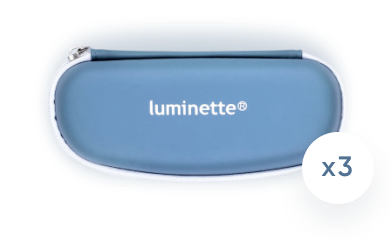
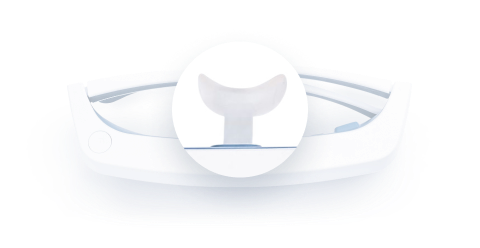
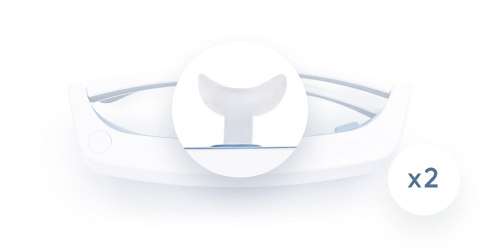
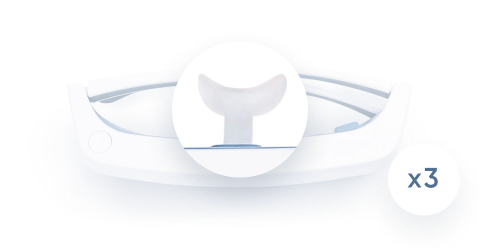



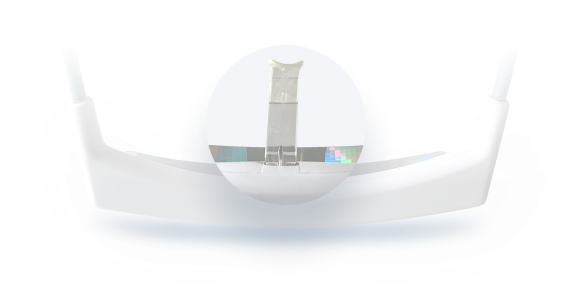


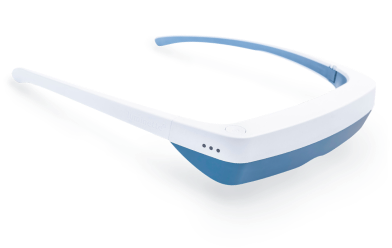
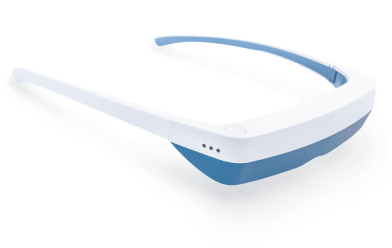
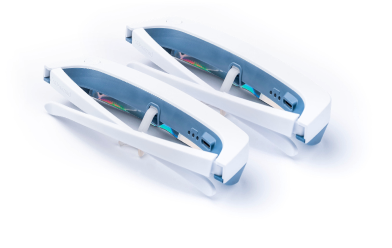
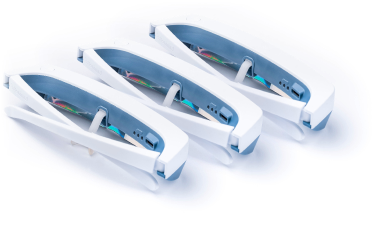



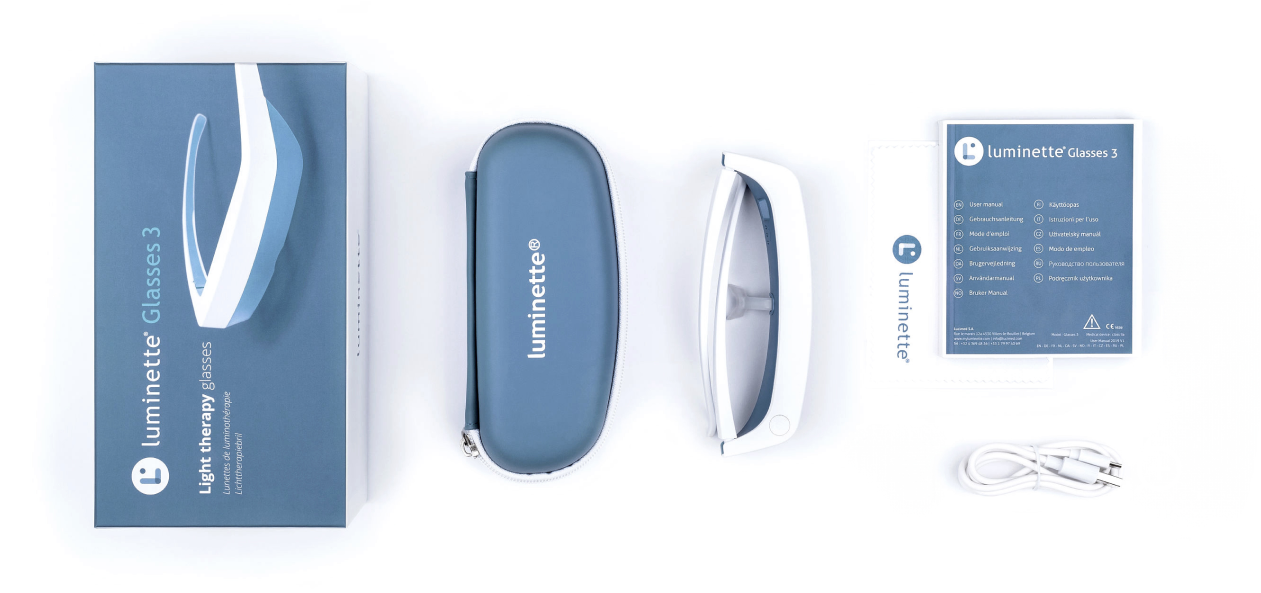
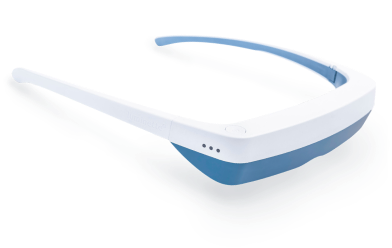


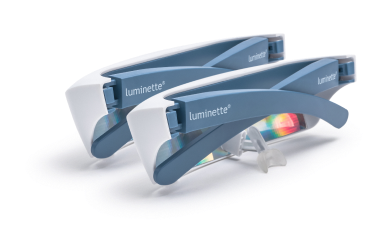
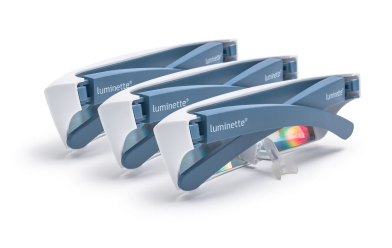
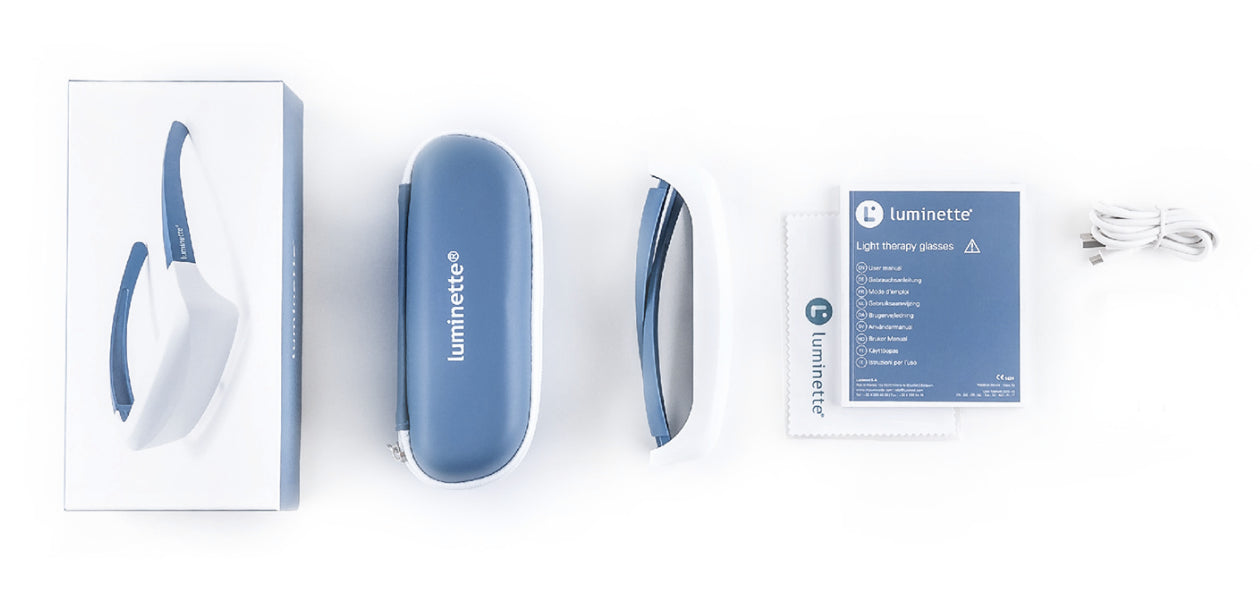
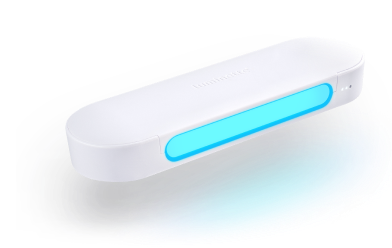
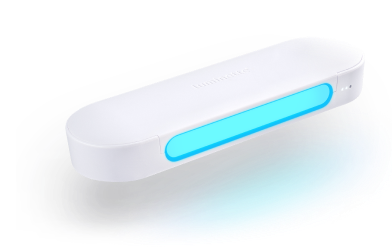
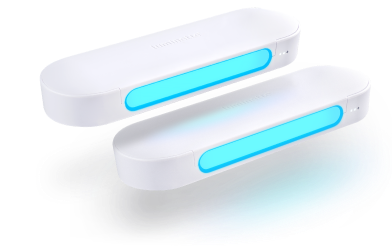
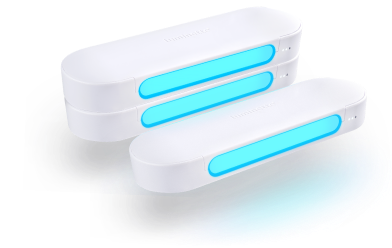
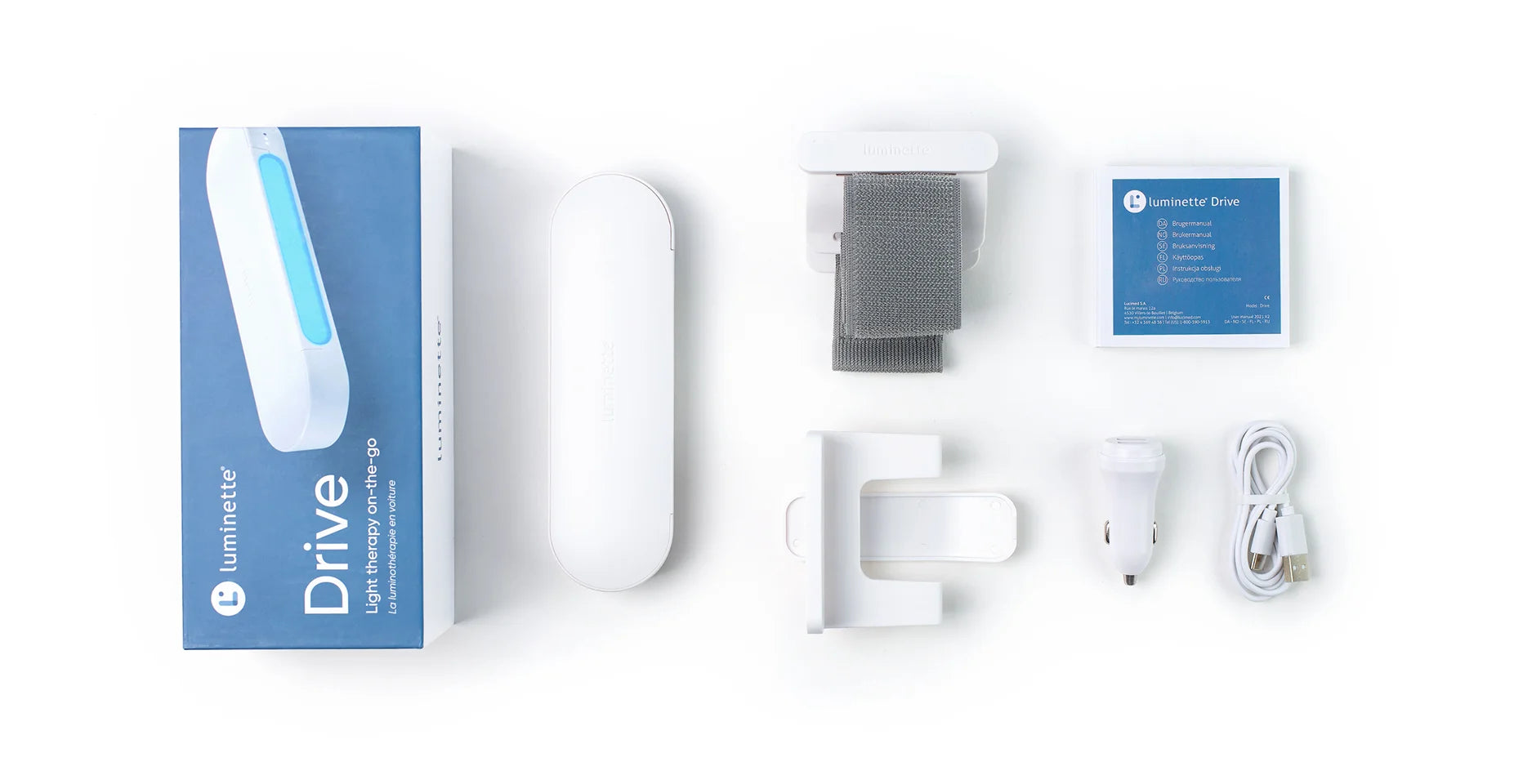

 Please note
Please note



